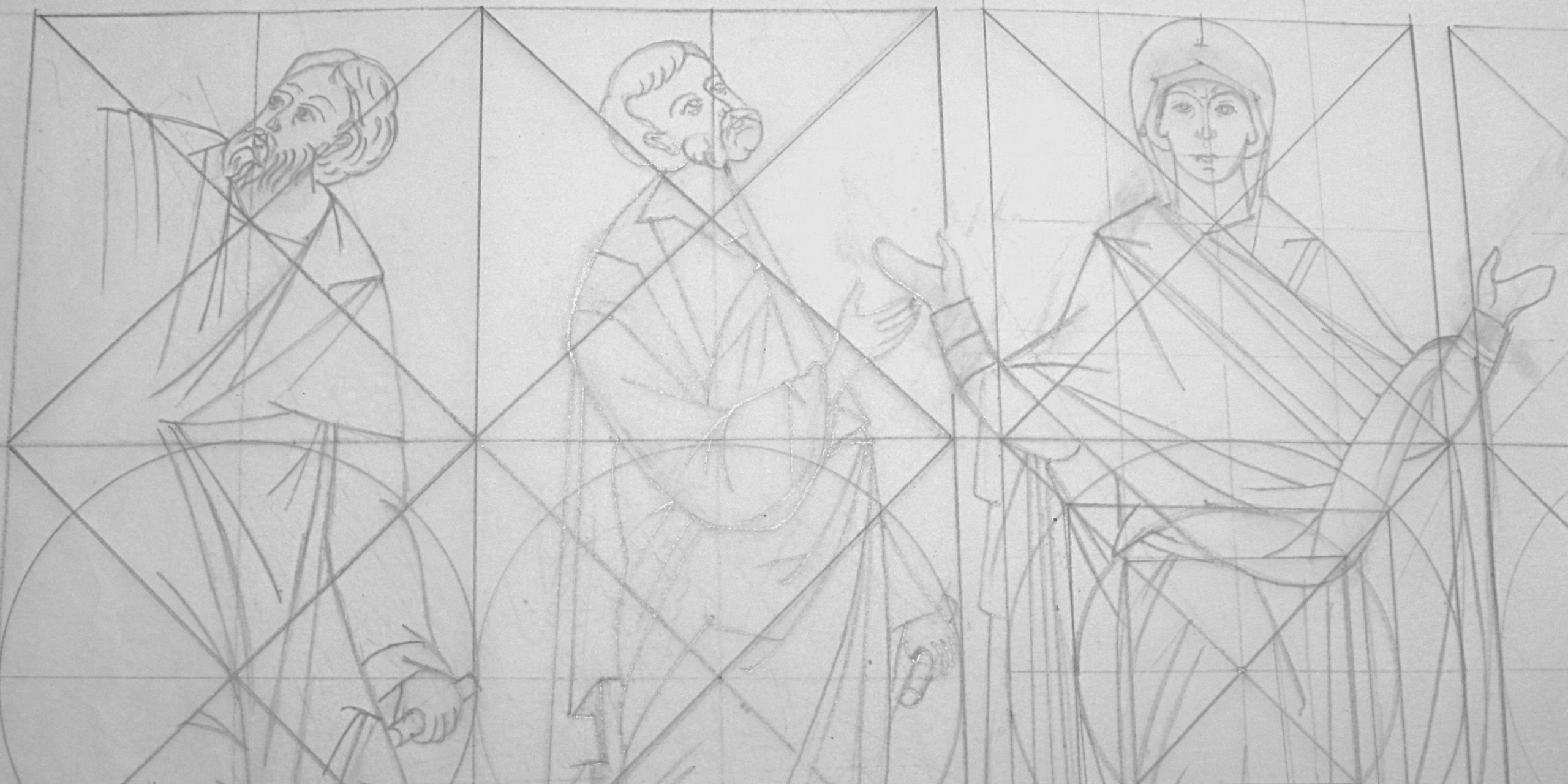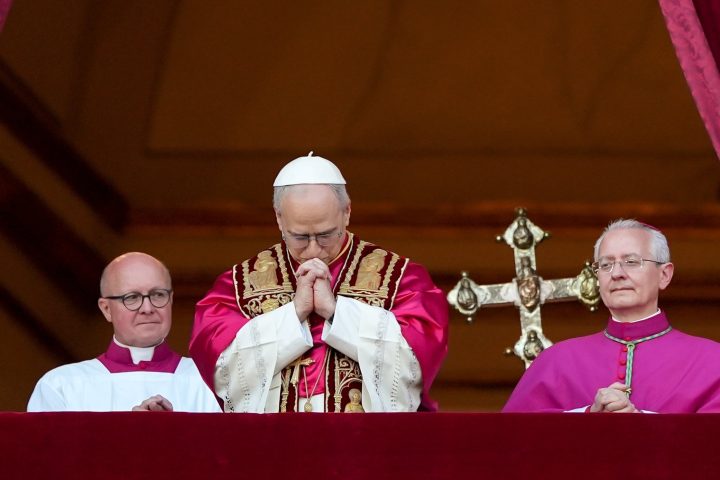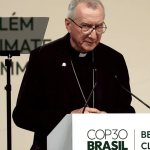With the Feast of the Ascension on May 29, Vancouver artist Steve Knight reached out to The B.C. Catholic with the story of a newly completed icon of the Ascension. The icon, rich in symbolism and sacred tradition, is one of three commissioned by Holy Trinity Ukrainian Orthodox Church outside of Two Hills, Alberta. The other two icons depict the Entry into Jerusalem and the Crucifixion.
Knight, president of the Epiphany Sacred Arts Guild, shares the story of how the commission came about and explains how to read the icon.
By Steve Knight
My wife’s family was part of the Ukrainian migrations to Canada in the early part of the 20th century. They settled north of Vegreville, Alberta, in the area around the small town of Two Hills, where they farmed, raised cattle, and grew their families.
Fast forward to the early 21st century: two aunts and uncles were celebrating 50th wedding anniversaries. My mother-in-law commissioned an icon of Our Lady of Tenderness as a gift for her youngest brother and his wife. I completed the image, and my wife, her mother, and I drove to Two Hills to present the icon. The family loved it.
A few weeks later, when the priest came to their small church, Holy Trinity Ukrainian Orthodox Church, the icon was brought, blessed, and shown around. Everyone wanted to know who made it, where I lived, and what my training was.
I got a call from the church asking if I’d be interested in painting an icon of the Crucifixion. If the parish liked the work, there would be two more commissions. I started right away.
Painting an icon is a long process with multiple steps. First, I research and gather the materials to prepare the panel. The panel is covered with many layers of gesso — a type of plaster — which is the surface on which the image is painted. The gesso has to be sanded smooth. While that’s underway, I prepare the drawings. Iconography uses a very traditional drawing style.
Once I’m satisfied with the drawings and the panel is ready, I transfer the image to the panel. Before I begin painting, any gilding — using 22kt or 23kt gold leaf for halos and backgrounds — must be done. Gold will stick to paint if I do it later, and cleaning it off is a mess!
Finally, I paint. From beginning to end, it took me about six months to complete the Crucifixion.

My wife and I drove back to Two Hills the following summer. We made two trips to Brosseau — known as Mamaesite to the Ukrainians — camping all the way, with the images carefully wrapped, boxed, and packed among our supplies. I arranged to meet the chair of the parish council at the farmhouse of another aunt and uncle. I unpacked the icon on the kitchen table. The response was hugely enthusiastic. A group of us arranged to go to the church that afternoon to install the image.
While we were doing this, I was asked to measure the spaces for two more icons. When I returned home, I began the process all over again for the icons of the Entry into Jerusalem and the Ascension.
We returned two summers later to install them in the church when the priest was visiting and the icons could be blessed at the Divine Liturgy.
How to read the Ascension icon
Icons are not just images — they express deep theological meaning.
This icon is divided into two sections, with the top representing heaven. Christ is seated inside a mandorla — a symbol of heaven — blessing everyone with his right hand, showing his love for the Church. In his other hand he holds a scroll, representing the Good News of the Gospel. Angels accompany him into heaven.
The lower section represents earth. The Mother of God stands still and peaceful, her arms outstretched in prayer for the world as we await Christ’s second coming. She is the personification of the Church and stands directly beneath her son.
The apostles, by contrast, appear confused and unsettled. They too represent the Church but are shown without halos, since their understanding of Christ is not yet complete. That understanding will come at Pentecost. St. Paul and the Mother of God are included in the icon not for Scriptural accuracy but to represent the Church as a whole — Mary as the Church itself, Paul as its missionary voice, and Peter (often included in similar icons) representing its teaching mission. The two angels direct our gaze to Christ ascending.






